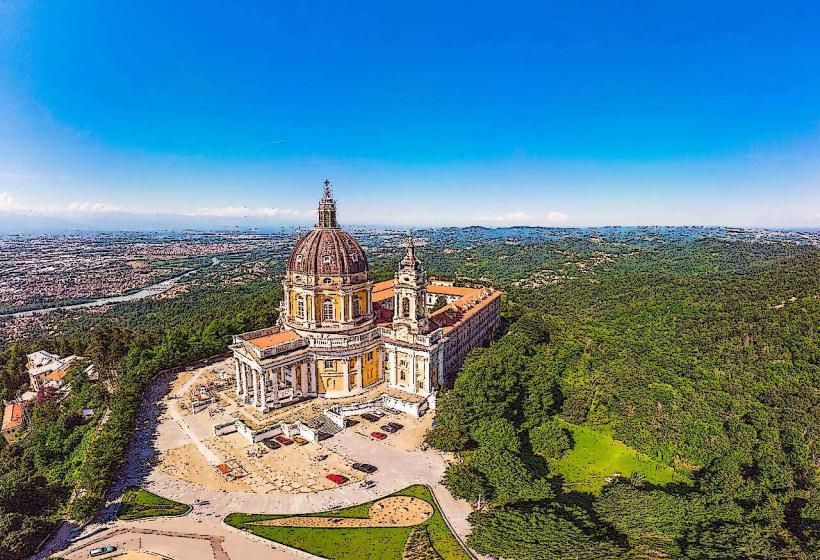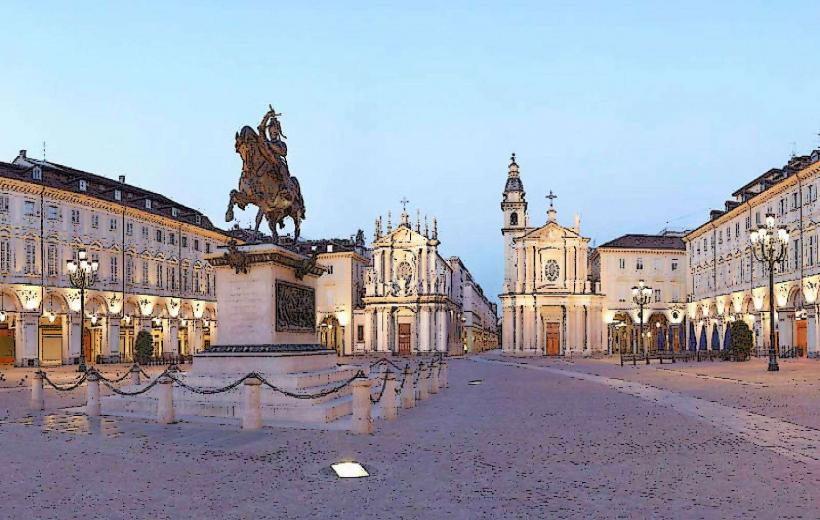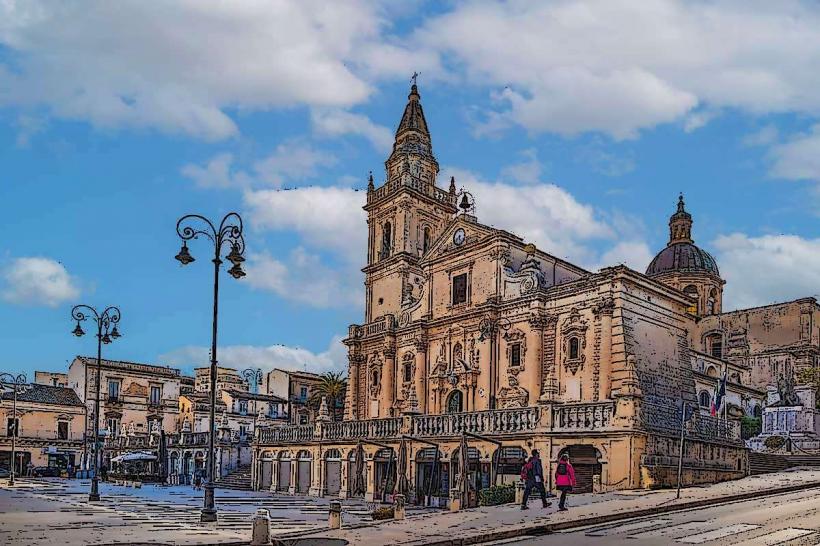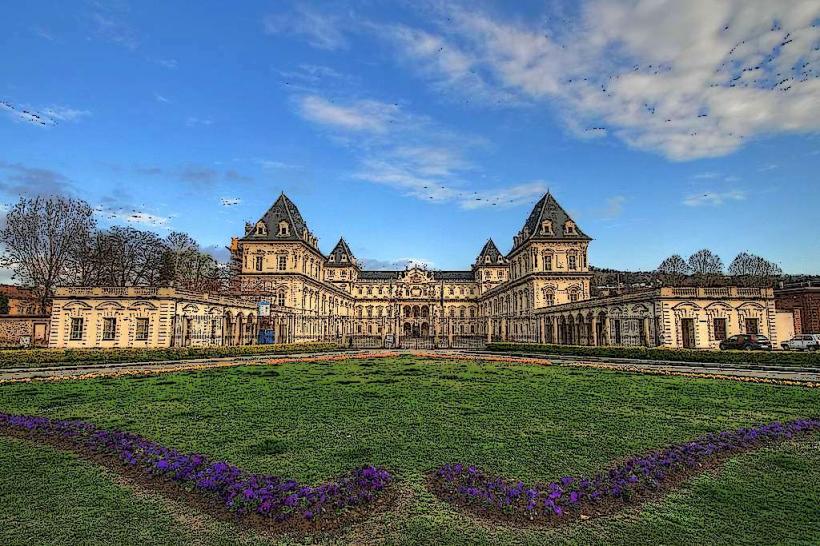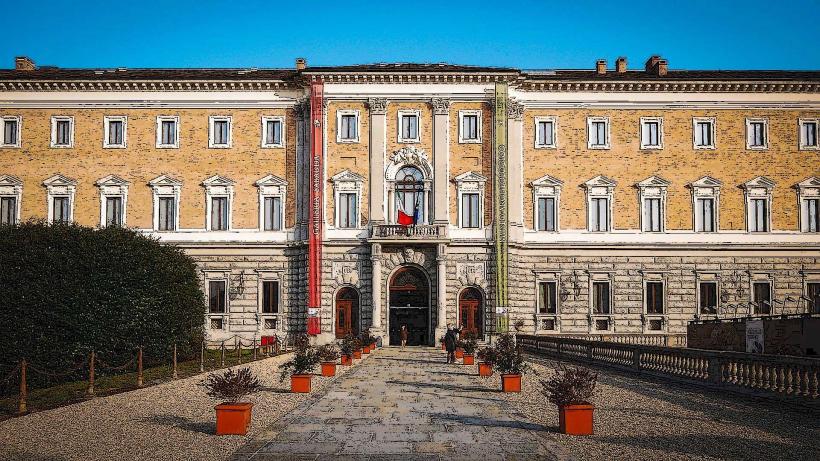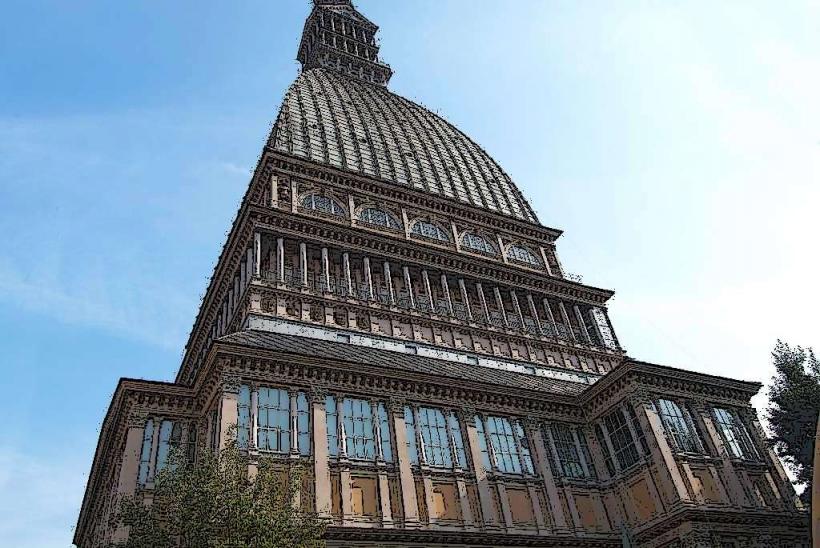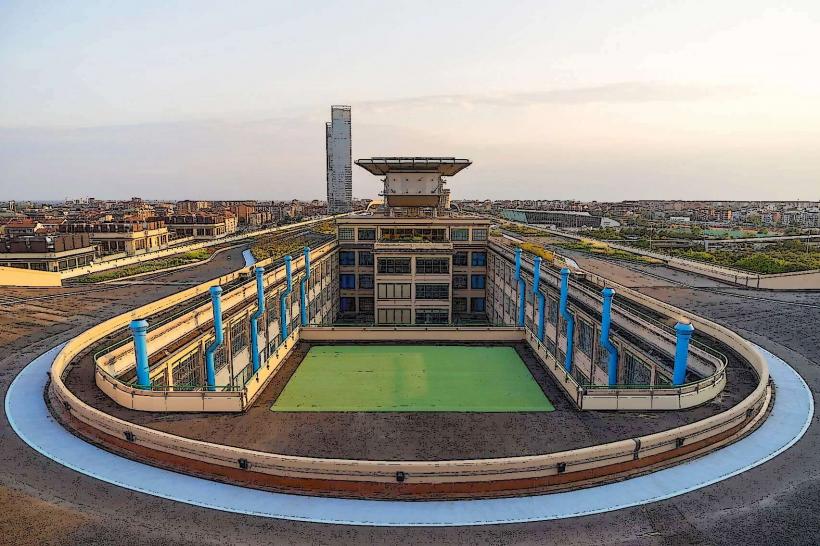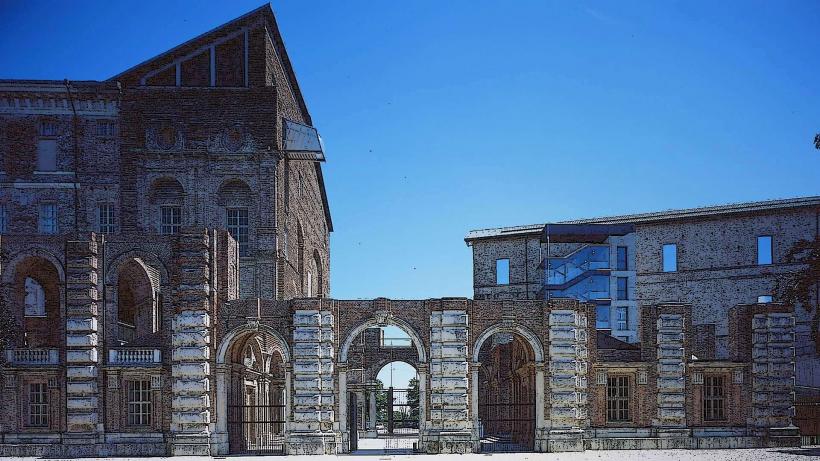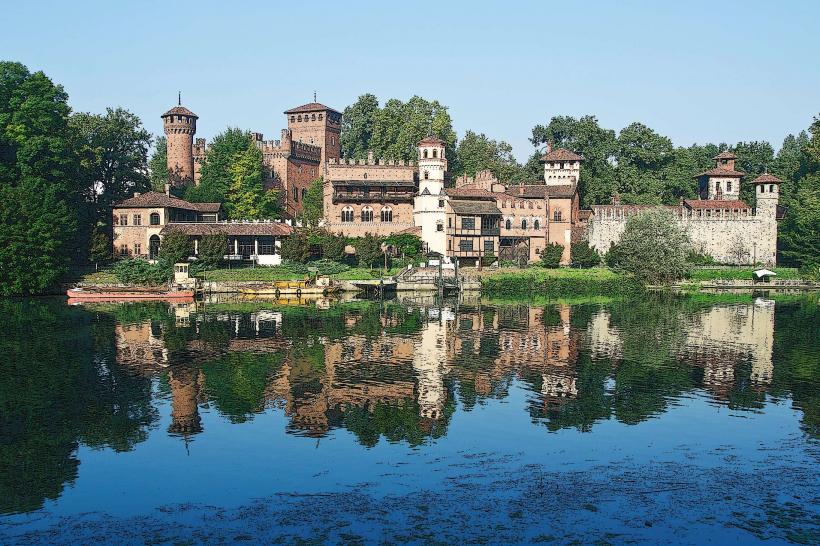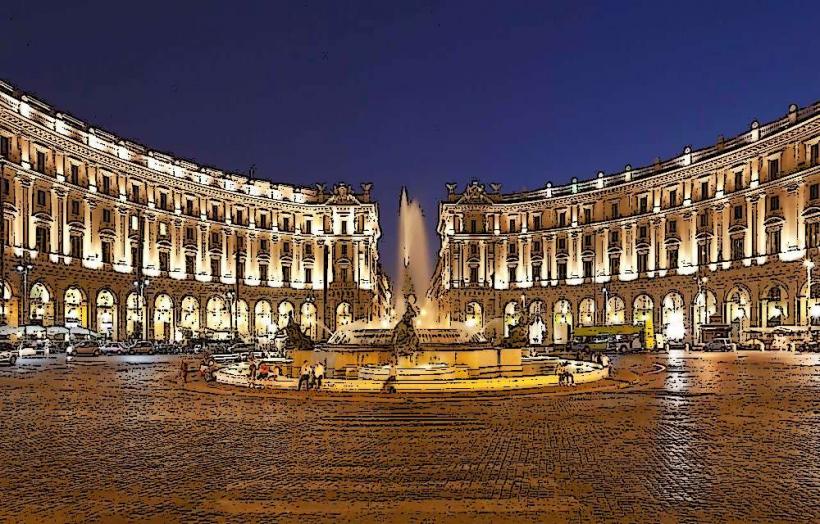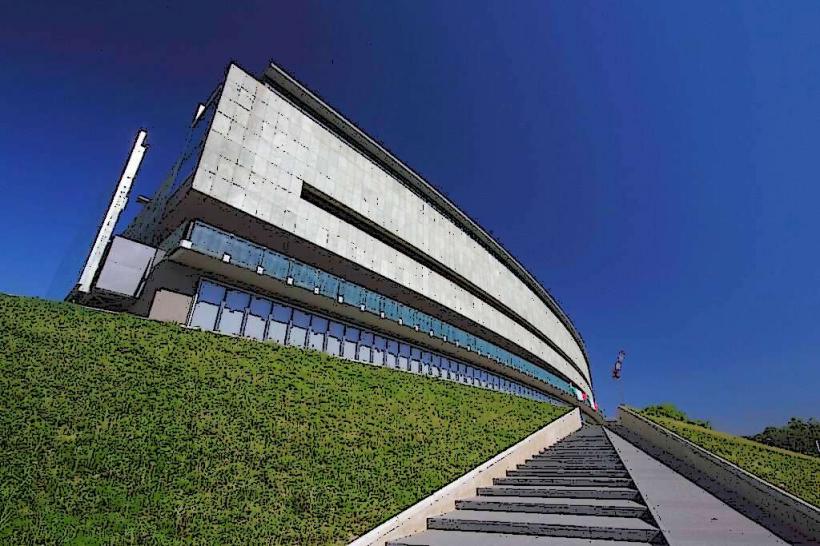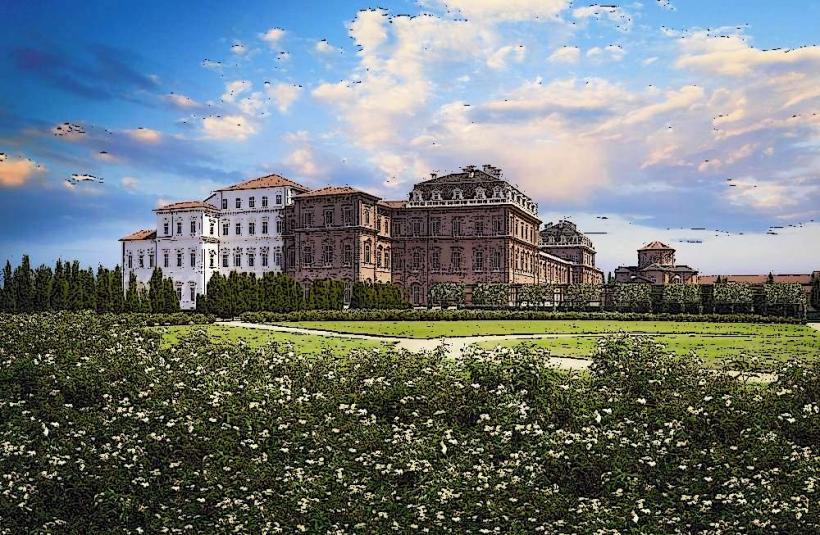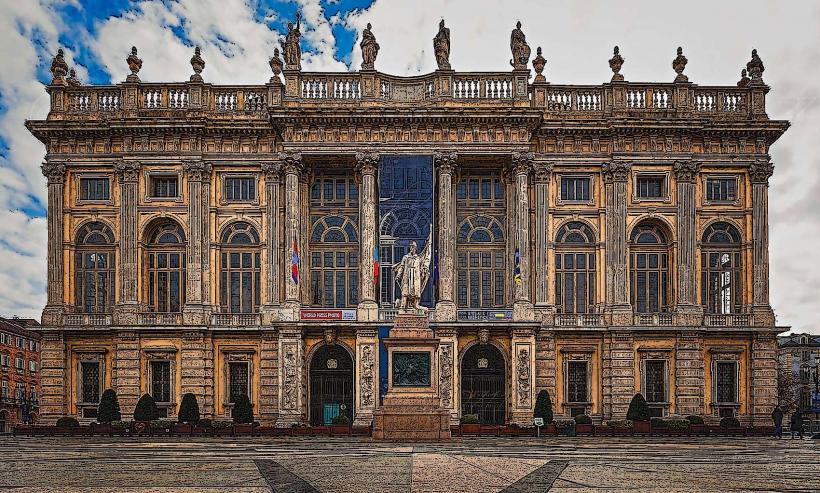Information
Landmark: Museo EgizioCity: Turin
Country: Italy
Continent: Europe
The Museo Egizio (Egyptian Museum) in Turin, Italy, is one of the most important and renowned museums dedicated to Ancient Egyptian antiquities outside of Egypt. It is home to an extensive collection of Egyptian artifacts, offering visitors a comprehensive overview of the history, culture, and art of ancient Egypt. Here’s a detailed exploration of the museum:
Overview and Historical Significance
Foundation: The Museo Egizio was founded in 1824 by the House of Savoy, with a collection initially created by Carlo Emanuele III and further expanded by his successor Victor Emmanuel I. The museum was established to house the extensive collection of Egyptian artifacts that had been amassed by the Savoy family, who had a passion for ancient Egypt and its history.
Location: The museum is housed in the Palazzo dell'Accademia delle Scienze (Palace of the Academy of Sciences) in the heart of Turin's historic center. It is located near Piazza Castello and Via Po, making it easily accessible for visitors.
Reputation: The museum is widely recognized as one of the most significant collections of Egyptian antiquities in the world, second only to the Egyptian Museum in Cairo. It holds an exceptional range of items from Egypt's long and fascinating history.
Key Collections and Exhibits
The Museo Egizio boasts over 30,000 artifacts, which include a wide variety of objects from the Old Kingdom to the Ptolemaic period. The exhibits offer insight into various aspects of Egyptian life, religion, and culture. Some of the museum’s highlights include:
1. The Mummies
- The museum houses a remarkable collection of mummies and mummified remains, including both human and animal mummies. One of the most famous mummies is that of a high-ranking Egyptian official named Ka-Aper from the Middle Kingdom. There are also mummies from the New Kingdom and the Ptolemaic period.
2. The Tomb of Kha and Merit
- One of the museum’s most famous exhibits is the tomb of Kha and Merit, a couple from the 18th Dynasty. The tomb was discovered in 1906 and contains a wealth of personal items, including coffins, jewelry, and household goods. The artifacts provide an exceptional glimpse into the private life of the Egyptian elite.
3. Statues and Sculptures
- The museum has an impressive collection of Egyptian statues and sculptures. Highlights include a large statue of Ramses II, various representations of Tutankhamun, and statues of gods and pharaohs, some of which are over 3,000 years old. The museum's collection also includes beautiful reliefs and stone carvings that depict scenes of Egyptian life, religion, and royalty.
4. Papyrus and Manuscripts
- The museum’s collection includes numerous ancient papyri that contain texts such as the Book of the Dead, which offers insight into ancient Egyptian burial practices and beliefs about the afterlife. There are also medical and literary texts written in hieratic and demotic scripts, providing evidence of Egypt’s advanced understanding of medicine, literature, and science.
5. Artifacts of Daily Life
- Numerous objects from daily Egyptian life are displayed, including tools, pottery, jewelry, and furniture. Items like cosmetic boxes, writing sets, and amulets offer a look into the more personal aspects of Egyptian culture. The museum also showcases tools used in mummification.
6. The Egyptian Temples
- A standout feature of the museum is the collection of architectural elements from ancient Egyptian temples. The museum’s first floor is dedicated to a reconstruction of parts of a temple, with monumental columns and stone blocks that once adorned Egyptian temples.
7. Tutankhamun’s Treasures
- While the most famous treasures of Tutankhamun are housed in Cairo, the museum holds a number of artifacts associated with this young pharaoh. Items from his tomb, including statuettes, tools, and pieces of jewelry, provide insight into the opulence and significance of his reign.
8. The Book of the Dead
- One of the museum’s prized possessions is a papyrus scroll from the New Kingdom, which features a version of the Book of the Dead. This ancient text was used to guide the deceased through the afterlife, and the scroll is beautifully illustrated with scenes of gods and mythical creatures.
Renovation and Modern Displays
Recent Renovations: The museum has undergone significant renovations in recent years, with a focus on improving the layout and display of the collection. The museum has been designed with modern, interactive exhibits that help bring the ancient world of Egypt to life for visitors.
The New Display Concept: The exhibits are arranged thematically, allowing visitors to engage with various aspects of Egyptian life in a more accessible way. New display techniques, such as the use of multimedia guides and virtual reconstructions, provide visitors with a deeper understanding of ancient Egyptian history and culture.
Educational and Cultural Programs
Public and Educational Programs: The museum offers a range of educational programs for schools, families, and adults, including workshops, lectures, and guided tours. The museum also hosts temporary exhibitions that explore various aspects of ancient Egypt and related cultures.
Multimedia Guides: Visitors can use audio guides and interactive multimedia displays that offer in-depth information about the artifacts and the history of ancient Egypt.
Notable Temporary Exhibitions
The museum regularly hosts temporary exhibitions that explore different themes within Egyptian history or other ancient civilizations, such as the art of mummification, Egyptian jewelry, and the gods and deities of ancient Egypt.
Conclusion
The Museo Egizio is one of Turin’s premier cultural destinations, attracting scholars, tourists, and Egyptology enthusiasts from around the world. With its world-class collection of Egyptian antiquities, it offers an unparalleled opportunity to explore the ancient Egyptian civilization, its art, beliefs, and daily life. Whether you are fascinated by ancient mummies, monumental statues, or intricate papyri, the museum provides a captivating journey into one of the world’s oldest and most influential civilizations.





